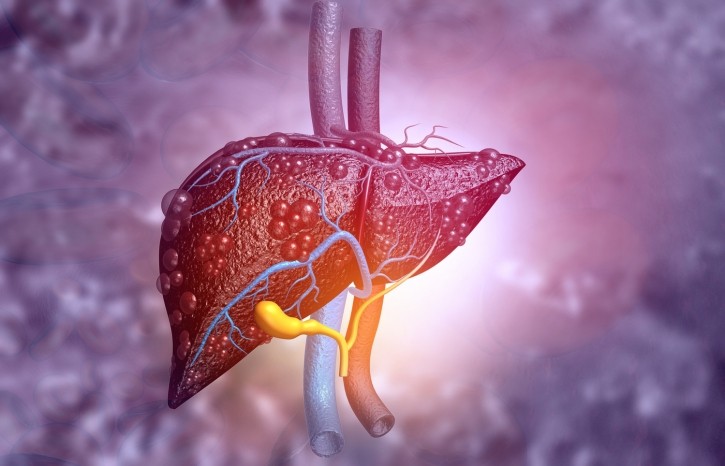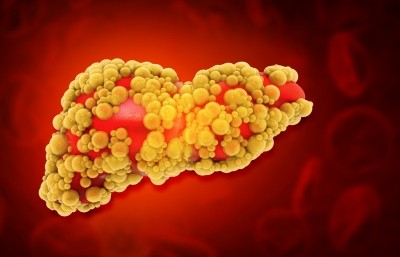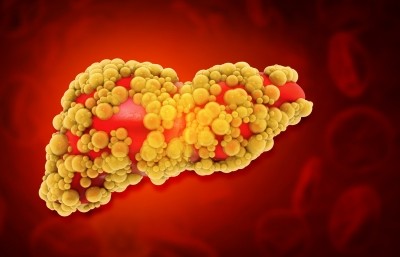Breakthrough for liver disease patients with ascites that could eliminate needle paracentesis

Ascites results from high pressure in certain veins of the liver, called portal hypertension, and low blood levels of a protein called albumin.
The company said the alfapump was effective in the control of ascites, virtually eliminating needle paracentesis. It said safety was in line with expectations, particularly given disease progression in these patients.
Professor Florence Wong is from the University of Toronto and is a hepatologist at Toronto General Hospital as well as principal investigator for the study.
She said: “Recurrent or refractory ascites has a negative impact on patients’ lives requiring management with regular paracentesis. The results from the study have shown that the alfapump is very effective at controlling this, virtually eliminating the need for large volume paracentesis and significantly improving patients’ quality of life at six months post-implantation.
“While patients implanted with the alfapump need to be closely monitored for the development of acute kidney injury or infection in the study, these events readily resolved with the standard of care.”
NASH - a key driver of liver disease
Forty patients with recurrent or refractory ascites due to liver cirrhosis have been implanted with the alfapump in the pivotal cohort of the study. Of these patients, 48% had an underlying etiology of alcoholic liver disease and 38% suffered from non-alcoholic steatohepatitis (NASH), clearly reflecting the growing prevalence and importance of NASH as a key driver of liver cirrhosis.
Before enrolment, these patients required on average 3.2 therapeutic paracentesis (TP) per month and had an average MELD score of 15.2, indicating the severely decompensated state of these patients.
Ian Crosbie, chief executive officer at Sequana Medical said: “We are excited about this further data as we believe it continues to support alfapump as a breakthrough for recurrent or refractory liver ascites patients. Together with the positive primary endpoint data reported previously, these results further support the clinical benefits of the alfapump and show a survival rate that compares favorably to literature.
“With more than 75,000 people in North America suffering from recurrent or refractory liver ascites by 2025 and growing by 6 -7% a year due to NASH, modern and effective solutions like alfapump are urgently needed.”
Positive trend in survival
Pivotal cohort patients met all pre-specified primary effectiveness endpoints with statistical significance at six months post-implantation, including 100% median per-patient reduction in TP post vs pre-implant vs hypothesis of at least a 50% reduction, and 77% of patients with at least 50% reduction in number of TP post- vs pre-implant vs hypothesis of at least 50% of patients.
Primary safety endpoint data, including the rate of alfapump-related open-surgical re-interventions, explants or deaths adjudicated by the Clinical Events Committee (CEC), were in line with expectations with six primary safety events. Of the six primary safety events, three were explants due to wound or skin erosion, and three were explants due to patient-reported discomfort (all patient-reported discomfort events were adjudicated by the CEC as moderate severity).
Although the Poseidon study was not powered for survival outcome, a positive trend in survival was observed in patients implanted with the alfapump, with a Kaplan-Meier estimate indicating a 70% survival probability at one year post-implantation. This compares favourably with the published literature reporting a survival rate for refractory ascites patients of only 50% at 12 months.














